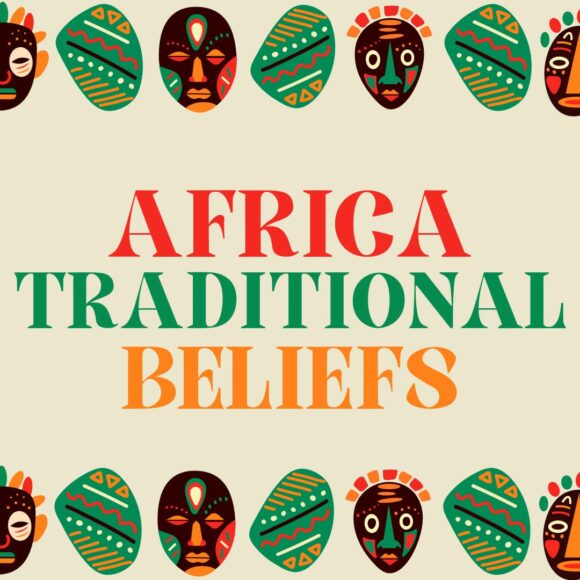
by Antonio Napoli
Traditional mafia initiations involve rites laden with Catholic symbolism, such as the so-called “baptism” and the burning of a holy card depicting the Madonna or Archangel Gabriel.
A striking example of the instrumental link between popular piety and mafia influence is found in religious processions. Statues of saints, sometimes carried by affiliates themselves, are made to stop in front of known mafia bosses’ homes — a gesture that seals territorial control and tacit community complicity.
Why has Italian organized crime attached such importance to popular piety, with its processions and devotions? The answer is simple: the mafia found in these expressions of faith a vast “reservoir of consensus,” where the boss could present himself as a “generous benefactor,” financing festivities and reinforcing his social prestige.
For a long time, the higher clergy viewed popular piety with suspicion, dismissing it as a hybrid of faith and folklore. Only with the post-conciliar renewal — which redefined Christian identity as a preferential option for the poor — did the Church recognize its authentic value.
In his Evangelii gaudium, Pope Francis praises popular piety as an expression of the people’s capacity to evangelize themselves, though he warns of the risks of manipulation by criminal organizations.
